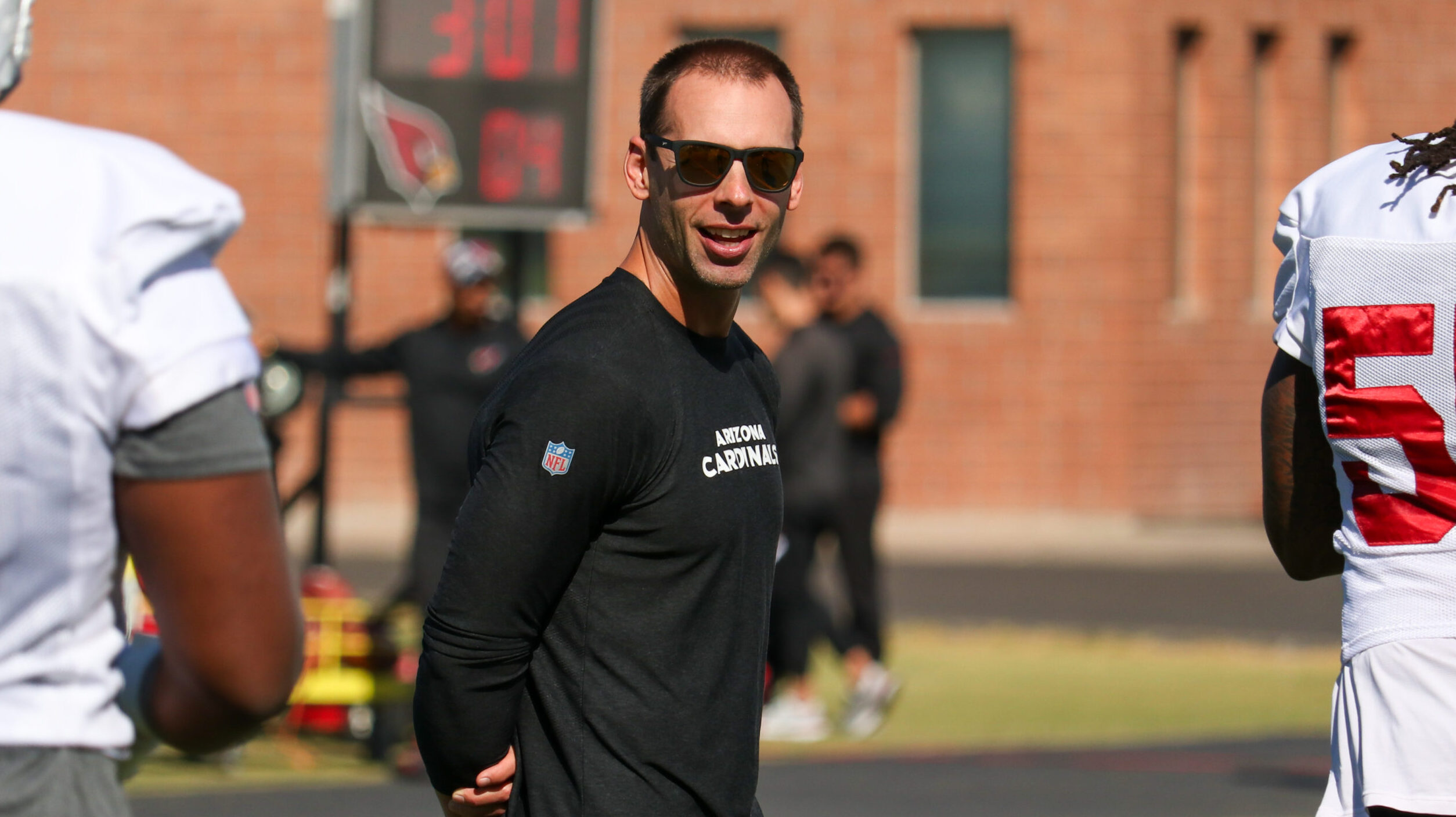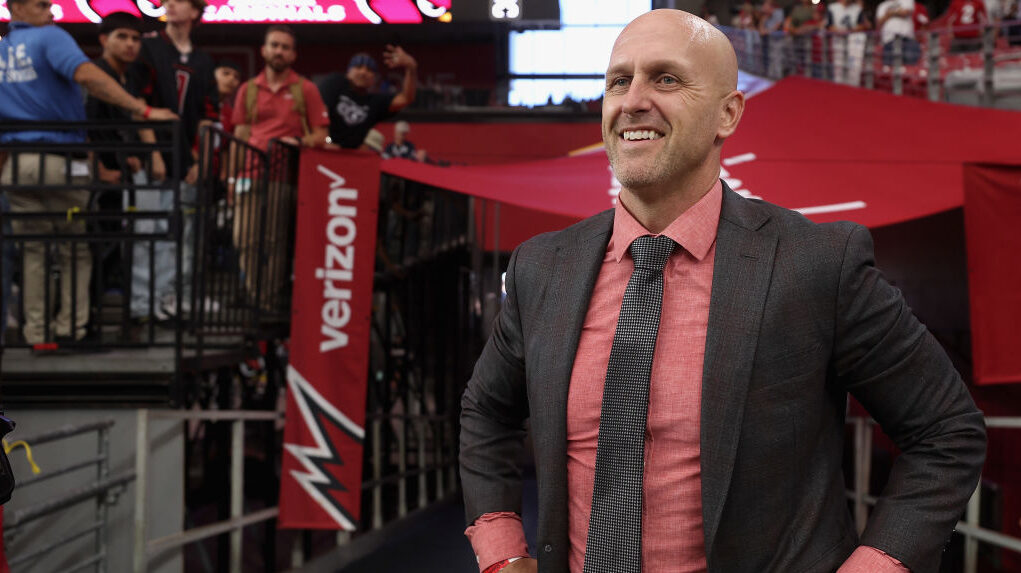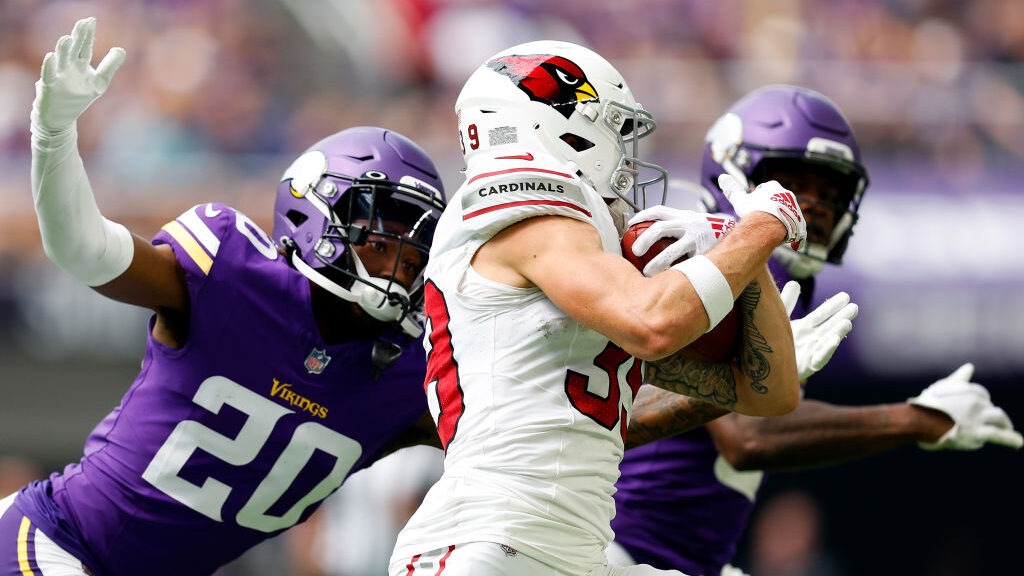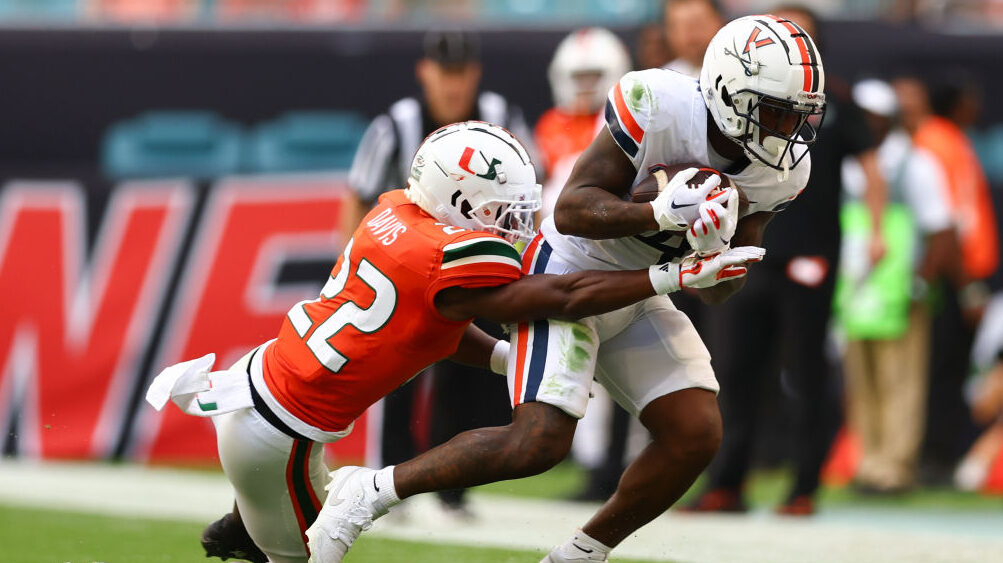The Arizona Cardinals’ salary cap situation heading into the offseason
Jan 28, 2024, 7:10 AM
The Arizona Cardinals are going to be very involved in churning the roster this offseason from the NFL Draft through free agency following a 4-13 mark in 2023.
Translation: There’s going to be quite a bit of money spent by general manager Monti Ossenfort. At the end of the day, you have to pay to play.
A look at Arizona’s salary cap situation and where some added wiggle room can be made:
Arizona Cardinals’ current cap situation
The NFL has yet to announce the salary cap number for the new league year, though it’s been reported to be north of $240 million.
If that is the case, that would mark another increase in the cap after it reached $224.8 million last season.
And depending on where you look, Arizona’s cap-space situation can look a little different.
Per OverTheCap, the Cardinals have $42,183,130 in space 10th highest in the league. Head to Spotrac and that number shifts to $41,184,440, 11th in the NFL.
Even factoring in effective cap space — the cap space a team has left over after signing its draft class and at least 51 players — the Cardinals are projected to have $30,989,080, which OverTheCap ranks as 11th most in the league.
The Cardinals do, however, sport the third most dead money in the league at $14,151,584. Much of that can be credited to the money still owed to tight end Zach Ertz ($5 million), defensive lineman J.J. Watt ($4.8 million) and offensive lineman Rodney Hudson ($3.52 million).
Addition by subtraction
There are more than a few ways to manipulate the salary cap if you’re Ossenfort or any of the other 32 NFL GMs.
But one of the only ways teams can open up both cap space and roster spots is through releases.
For the Cardinals, three realistic cuts come to mind that would end up giving Arizona more money to work with this offseason.
The first is starting left tackle D.J. Humphries.
After already coming into the year viewed as a potential cut candidate because of the savings the team could yield given the non-guaranteed years left on his deal, a torn ACL toward the end of this past season and the rehab that comes with it only made the lineman that much more disposable.
Carrying a cap hit of $22.8 million, releasing Humphries with a post-June 1 designation would bring on $13.8 million in dead money but free up a little more than $9 million in cap space. There could be an injury protection benefit attached to the release, as Kyle Odegard alluded to earlier this month, though it shouldn’t be a substantial number.
The post-June 1 designation would also allow the Cardinals to spread out the dead money hit over two seasons rather than taking the full $13.8 million in 2024 with a pre-June 1 designation.
The next name that could free up cap space by way of a release is offensive lineman Dennis Daley.
The veteran went from a potential starting option at guard to near-afterthought, appearing in just three games for the Cardinals last season.
With a release of Daley, the Cardinals could free up another $1.6 million. Seems like a logical move to make to get a little more wiggle room.
Lastly, there’s wide receiver Zach Pascal. With his release, Arizona would see another $1.92 million in cap relief.
Pascal came over with Gannon and defensive coordinator Nick Rallis from Philadelphia this past season and adds a good locker room presence, but the WR didn’t see his number called much behind four catches for 19 yards across 14 games played.
Extend for more salary-cap bend
Another way the Cardinals can free up some cap space for the upcoming season is by doling out extensions to a few candidates who deserve them.
It sounds counterproductive, however, handing out an extension can lower a team’s cap number for the given season while also keeping said player around longer.
Of the potential candidates, running back James Conner, linebacker Kyzir White and safety Budda Baker stand above the rest.
And it’s not hard to see why.
Conner is the lifeblood of a run-heavy offense. White brought the violence and still paced all Cardinals defenders with 90 despite a torn bicep cutting his season short to just 11 games.
Baker on the other hand continues to be the poster child for how Gannon and Co. want their athletes to play like.
All three are unrestricted free agents after next season, and Baker’s restructured deal from last year sets up to give Arizona another round of negotiations for a long-term deal this offseason. That likely leaves three options coming down the pipeline this offseason: extend, release or trade.
And before you throw the book at me for even mentioning a release of the multi-year Pro Bowler as an option, it would clear up $14.6 million in cap space and carry $3.9 million in dead money. Just throwing it out there.
When it comes down to it, at least one of Conner, White and Baker should warrant a couple more years in the desert at the minimum.
Restructure
Lastly, Arizona can work on restructuring contracts as a way to open up more cap space.
Restructuring can help free up money by converting a player’s base salary for the season into a signing bonus and spreading cash further out down the line of a contract.
The original terms of the deal stay the same for the most part. It’s more about when the cash is paid out to the player.
A good example of this was last season when Humphries restructured his contract last offseason to free up around $5.3 million in cap space in 2023.
Instead of Arizona taking all of Humphries’ $8 million roster bonus on as a cap hit last year, the Cardinals opted to span out that number over the remainder of his contract.



















